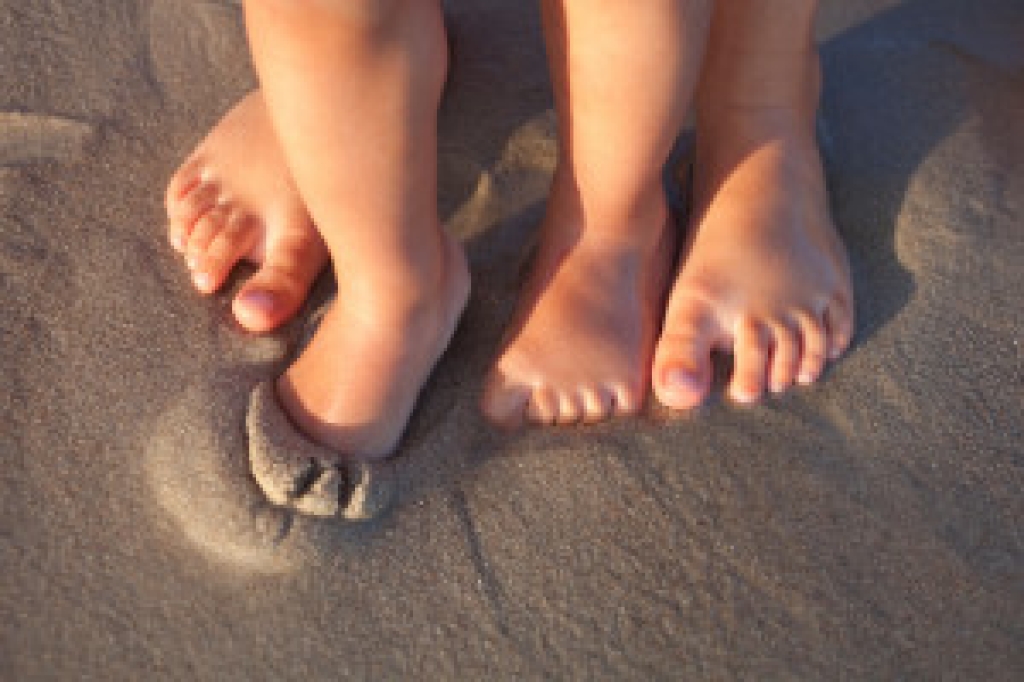
In the game of soccer, feet are undeniably your most important asset. Fancy footwork doesn't matter if you have turf toe, cramps, or athlete's foot. It is important to guard against these types of problems by caring for your feet, toes, and ankles. Foot care tips for soccer players include keeping toenails and calluses trimmed. The fit of the cleats also matters, because improper fitting can harm your feet's shape and structure, resulting in hammertoe or turf toe problems. Ensure that your cleats offer enough toe room. Combat plantar fasciitis with rolling exercises, using a frozen bottle of water or a tennis ball to apply pressure to the arch. It may hurt initially, but the pain will usually fade. Compression socks can reduce swelling, as well as keep sore feet and legs elevated. Many soccer players wear double socks to increase comfort and support. Wearing one sweat sock and a thin compression sock is thought to be effective. Keep feet clean to avoid athlete's foot and fungal infections and change socks as they get wet. Monitor feet for cracks, discolorations, bruises, and blisters. If you are an avid soccer player experiencing foot pain or other problems, it is suggested that you make an appointment with a podiatrist.
Ankle and foot injuries are common among athletes and in many sports. They can be caused by several problems and may be potentially serious. If you are feeling pain or think you were injured in a sporting event or when exercising, consult with Scott Samera, DPM from Samera / Foot + Ankle. Our doctor will assess your condition and provide you with quality foot and ankle treatment.
Common Injuries
The most common injuries that occur in sporting activities include:
- Achilles Tendonitis
- Achilles Tendon Rupture
- Ankle Sprains
- Broken Foot
- Plantar Fasciitis
- Stress Fractures
- Turf Toe
Symptoms
Symptoms vary depending upon the injury and in some cases, there may be no symptoms at all. However, in most cases, some form of symptom is experienced. Pain, aching, burning, bruising, tenderness, tightness or stiffness, sensation loss, difficulty moving, and swelling are the most common symptoms.
Treatment
Just as symptoms vary depending upon the injury, so do treatment options. A common treatment method is known as the RICE method. This method involves rest, applying ice, compression and elevating the afflicted foot or ankle. If the injury appears to be more serious, surgery might be required, such as arthroscopic or reconstructive surgery. Lastly, rehabilitation or therapy might be needed to gain full functionality in the afflicted area. Any discomfort experienced by an athlete must be evaluated by a licensed, reputable medical professional.
If you have any questions please contact our office located in Lake City and Branford, FL . We offer the newest diagnostic and treatment technologies for all your foot and ankle needs.








